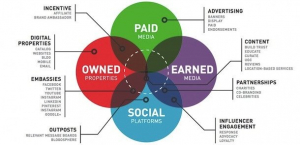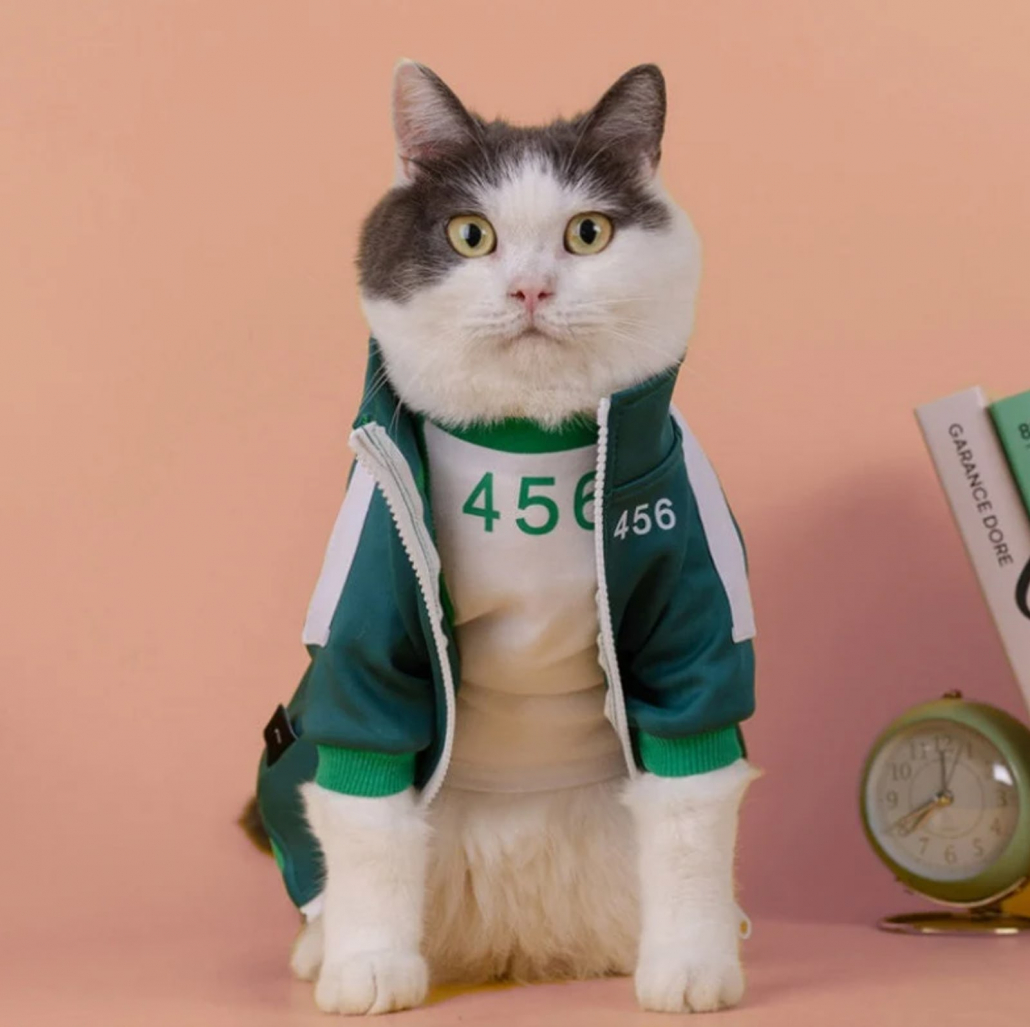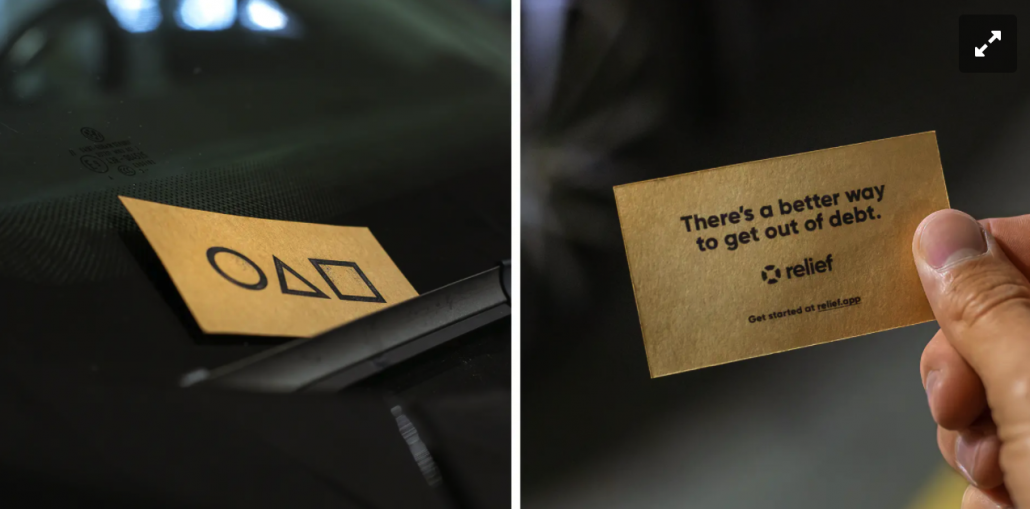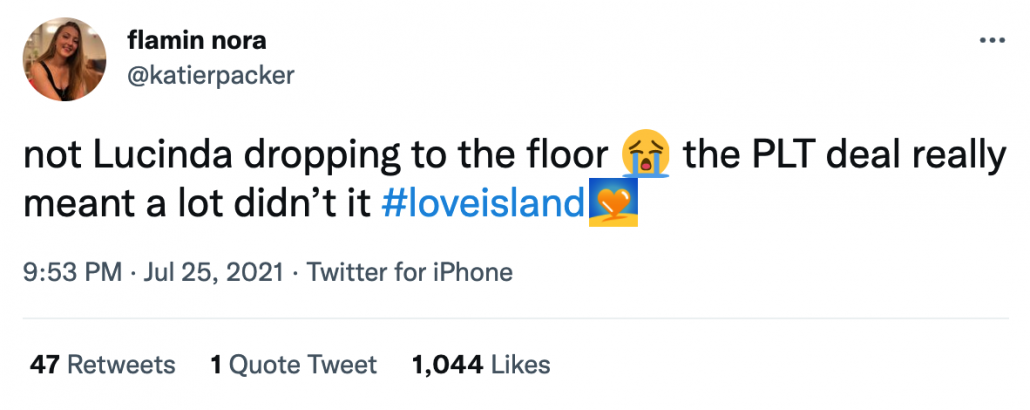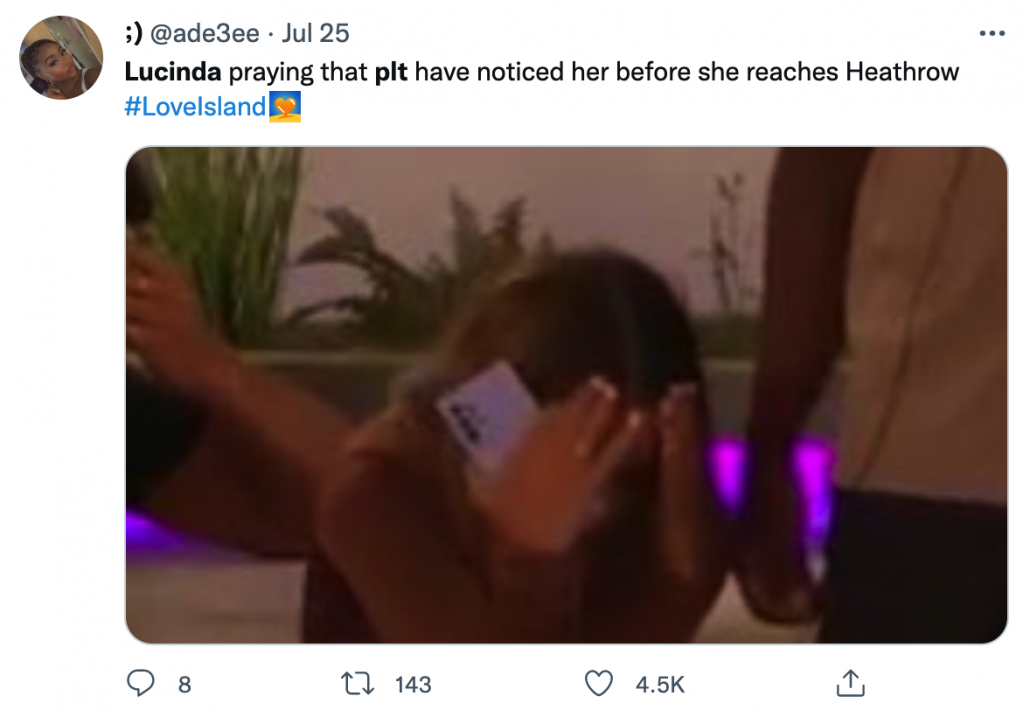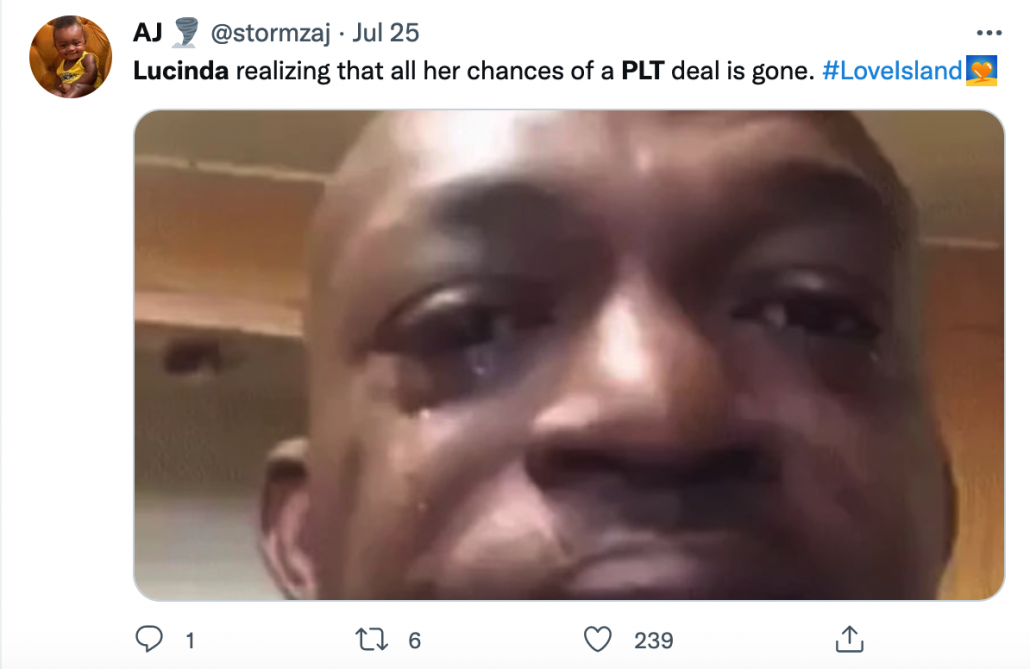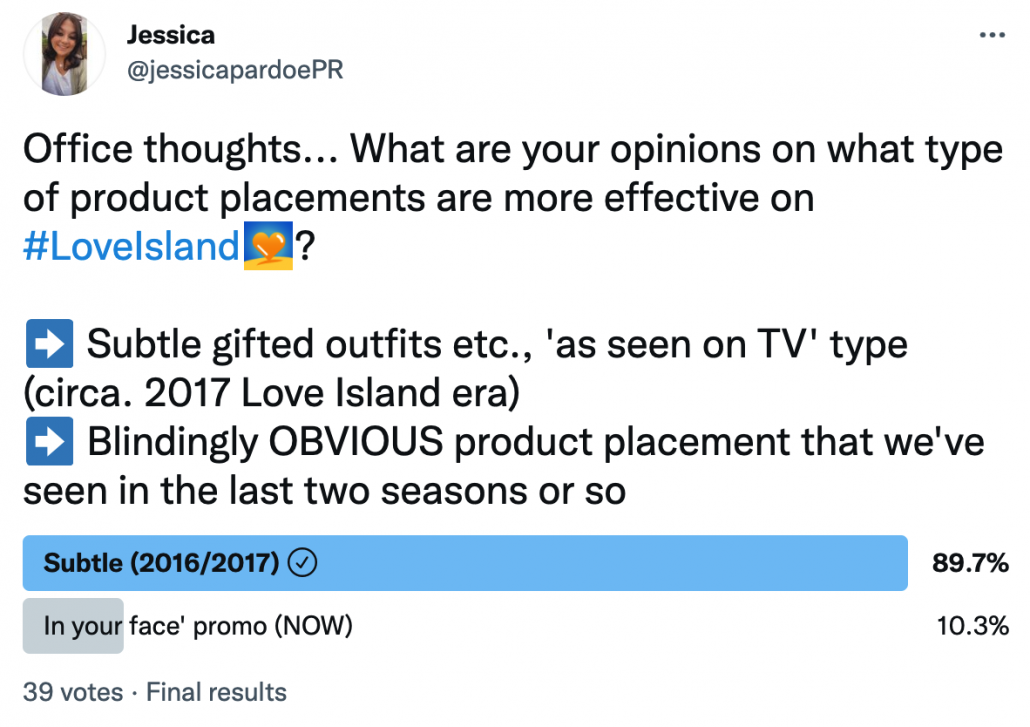What Social Media Platforms Are Right For Your Business?
Looking to give your business an edge on social media but not sure where to start? Well, your first step is to choose the right social media platform. Between Instagram, Facebook, LinkedIn, TikTok and Pinterest, it can be tempting to join them all. However, an effective social media strategy involves time, consistency and financial investment. There is a lot of traction to be gained through social media, so it’s important to only pick the platforms that are right for your business.
Understanding Your Business Needs
Are you looking to demonstrate the usefulness of a particular product? Are you wanting to network with others in the industry? Are you a freelancer looking to showcase your work? Or perhaps you’re looking to connect with customers and interact with them.
Knowing what your business needs are is important when deciphering your social media marketing goals. There are hundreds of different platforms out there, each with their own bespoke algorithm and unique features. So, knowing your business needs and what kind of content you want to post will help matchmake the right social media platform for you.
Social Media Platforms (In A Nutshell)
Traditional Social Media Outlets: Facebook, LinkedIn and X (formerly Twitter) allow you to share both text and visual content to whomever you like. They share features like networking, event organising, polling and advertising.
Image-Based: Other platforms such as Instagram, Pinterest and Snapchat are image-lead and allow you to showcase your aesthetic business portfolio. They come with features that allow you to shop in-app which eliminates the need to drive traffic to an external site.
Short-Form Video Content: TikTok, YouTube Shorts and Instagram Reels allow you to share short-form video content. These platforms leave a lot of room for getting creative with product tutorials and brand storytelling. Short-form video content platforms are high on the rise with 73% of consumers now saying they prefer short-form video content to search for products or services.
Discussion Forums: Though a little trickier to implement in your social media strategy, Reddit and Quora can be unique ways to engage with specific online communities, join in on industry chat and help with product/service questions.
Private Community Groups: Online groups such as Facebook Groups, Discord or Patreon pull people together making for great ways to share exclusive business insight, interact with users and connect with them on a more personal scale.
Knowing Your Audience
Knowing who your target audience is, their age group, language, gender, etc, is key to finding what platforms they hang out on. If your audience isn’t active on a certain social media platform, then it is not worth pumping time and money into it.
Reading into demographic data matters and using tools such as Sprout Social to identify your audience’s respective go-to platform is a must:
- Social media demographics
- Facebook demographics
- TikTok
- X (Twitter)
- Snapchat
Know Your Competitors Too
What platforms are your competitors on? Which platforms are working well for them? What type of posts are performing better?
It may feel like a cheat code, but looking at what your competitors are doing on their socials is a useful (and free) market research tool when it comes to deciding which platform to invest in and what type of content to post.
Look At Your Resources
Building brand awareness is about the long game. Momentum and credibility is far more important than a ‘go big or go home’ viral post that will peak and trough in a short amount of time.
As far as posting frequency goes, it’s best to post around 2-5 times a week. However, do leave some room for experimentation. If your audience engages better when you post less frequently, and that works for you, then carry on. At the same time, make sure to measure what resources you have. Having too many platforms on your plate can quickly spread your business thin, resulting in posts that may not be so tailored to your brand. Unless you have a huge budget, keeping to 2-3 social media platforms is the recommended golden number.
Make The Most Out Of The Platform You Choose
Once you’ve decided which platforms you would like to build a brand profile on, make sure to make the most out of them. Here are some top tips for helping you do so:
- Don’t be too ‘salesy’: avoid simply broadcasting to your audience – entertaining and insightful content will go a lot further.
- Keep up with what’s trending: the latest news, memes, industry updates, TikTok sounds, memes.
- Don’t forget to use hashtags: they’re a trusty way to win over the algorithm.
- Post consistently and regularly: it’s important that when someone clicks onto your brand’s profile, there is enough content to find out who you are and what you do
- Repost and interact with audiences: starting polls, responding to direct messages and replying to comments will help your brand build both a strong relationship with users and a loyal customer base.
With Source PR, you can outsource your social media strategy. Click here to find out more.

